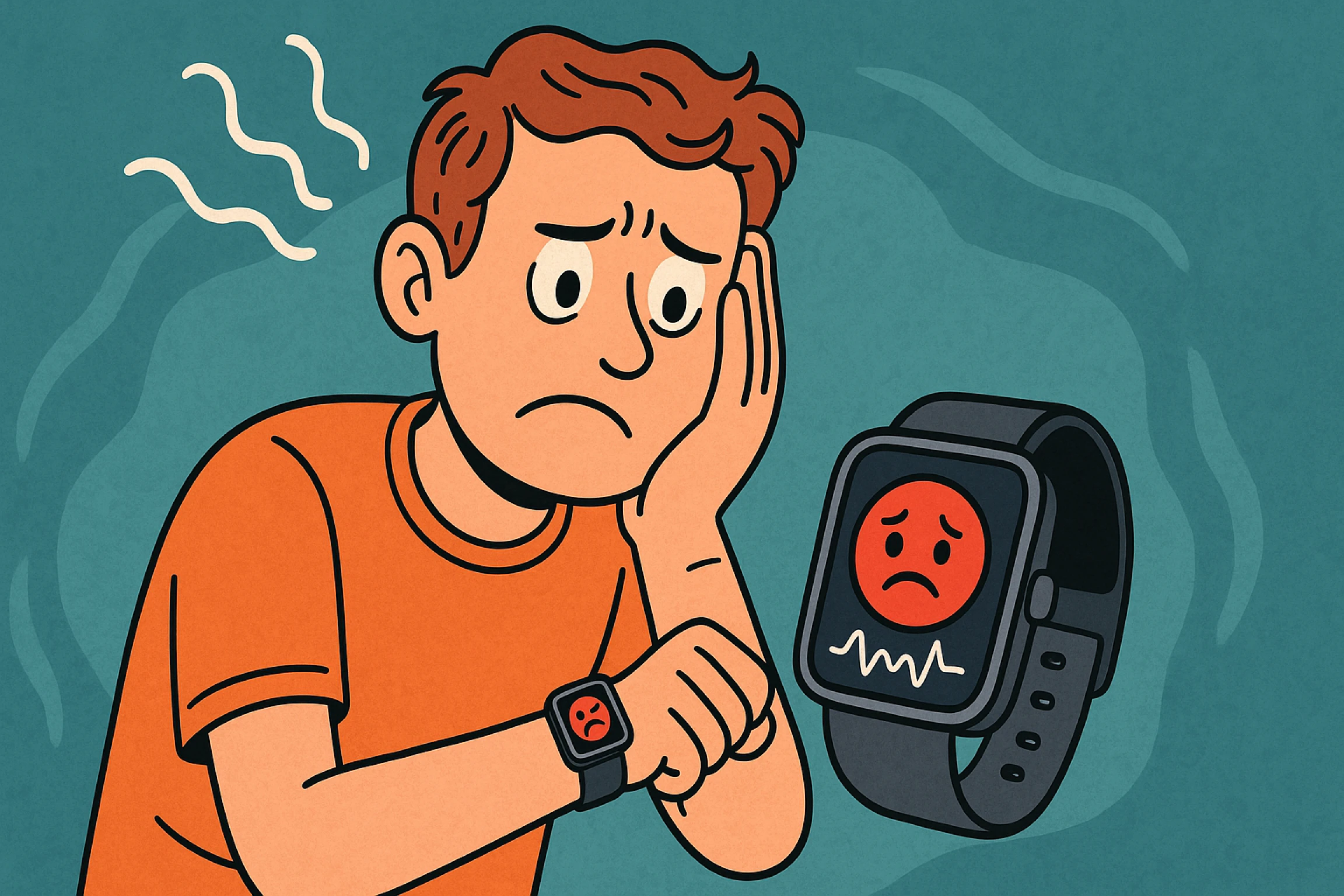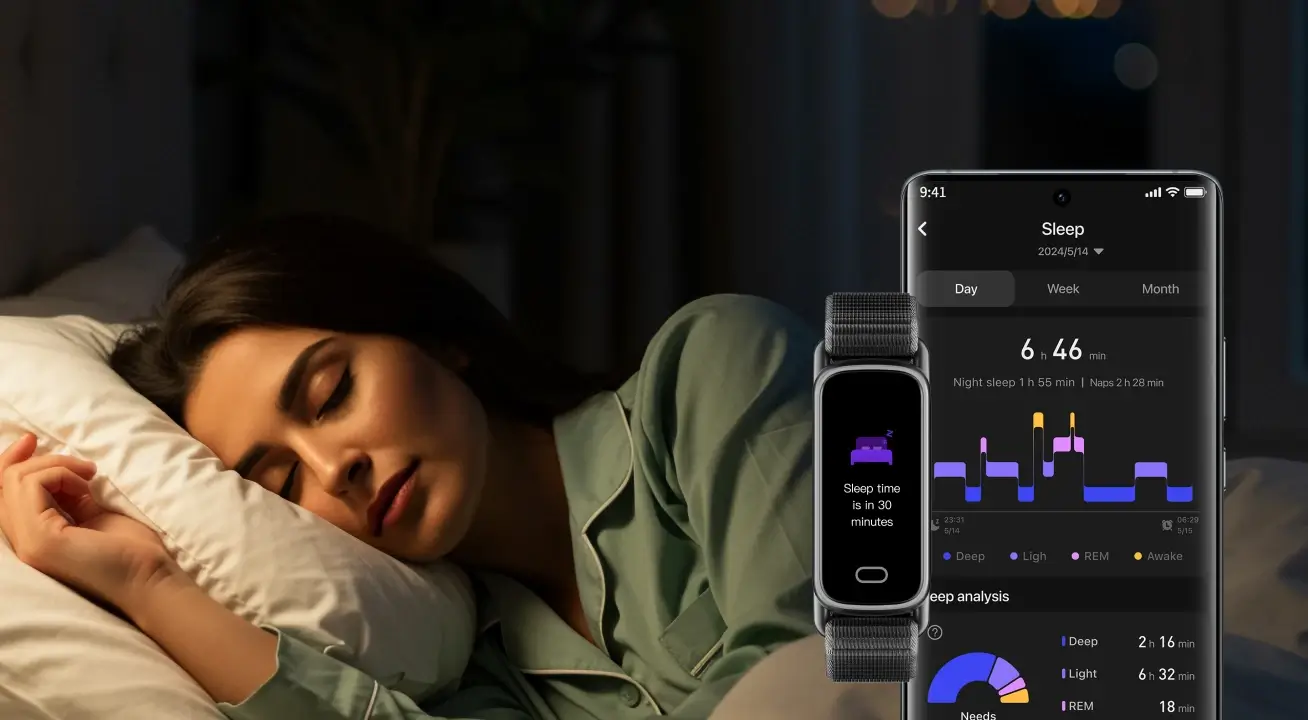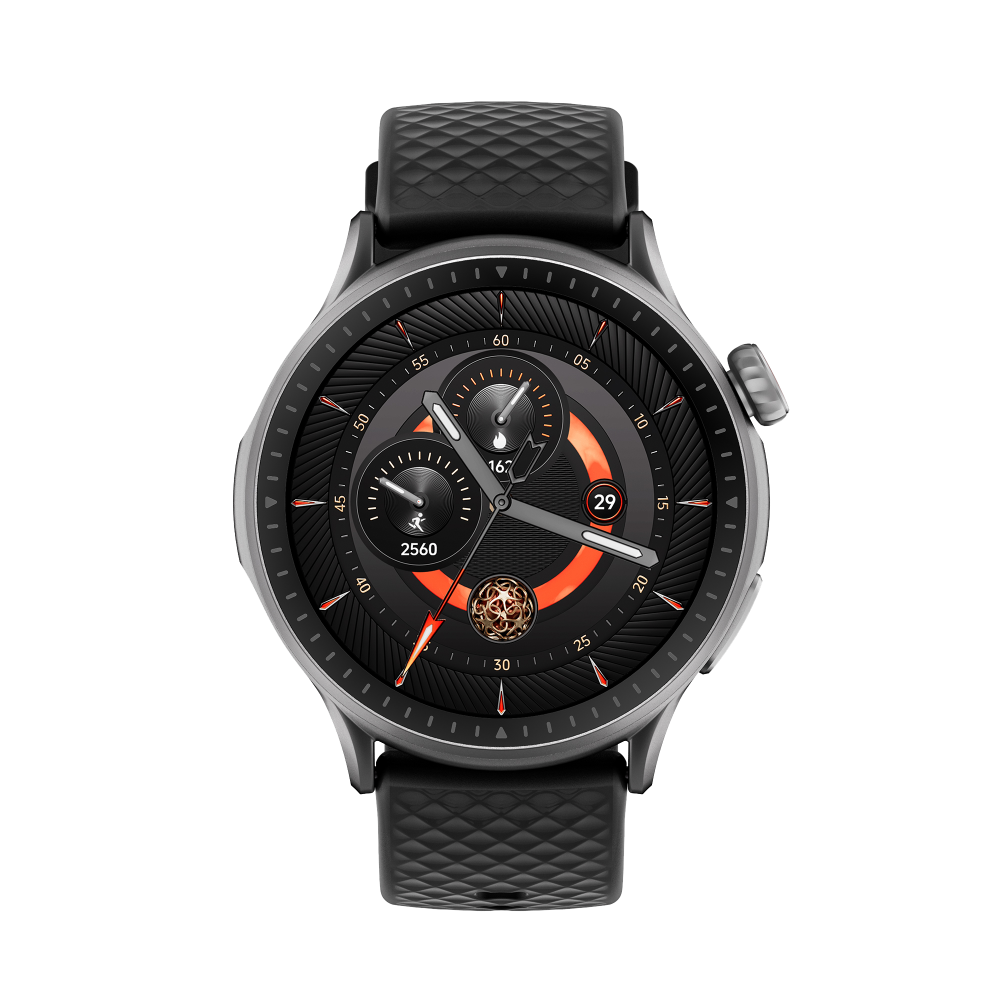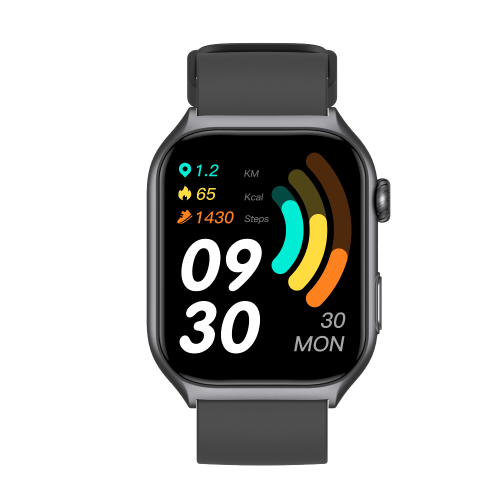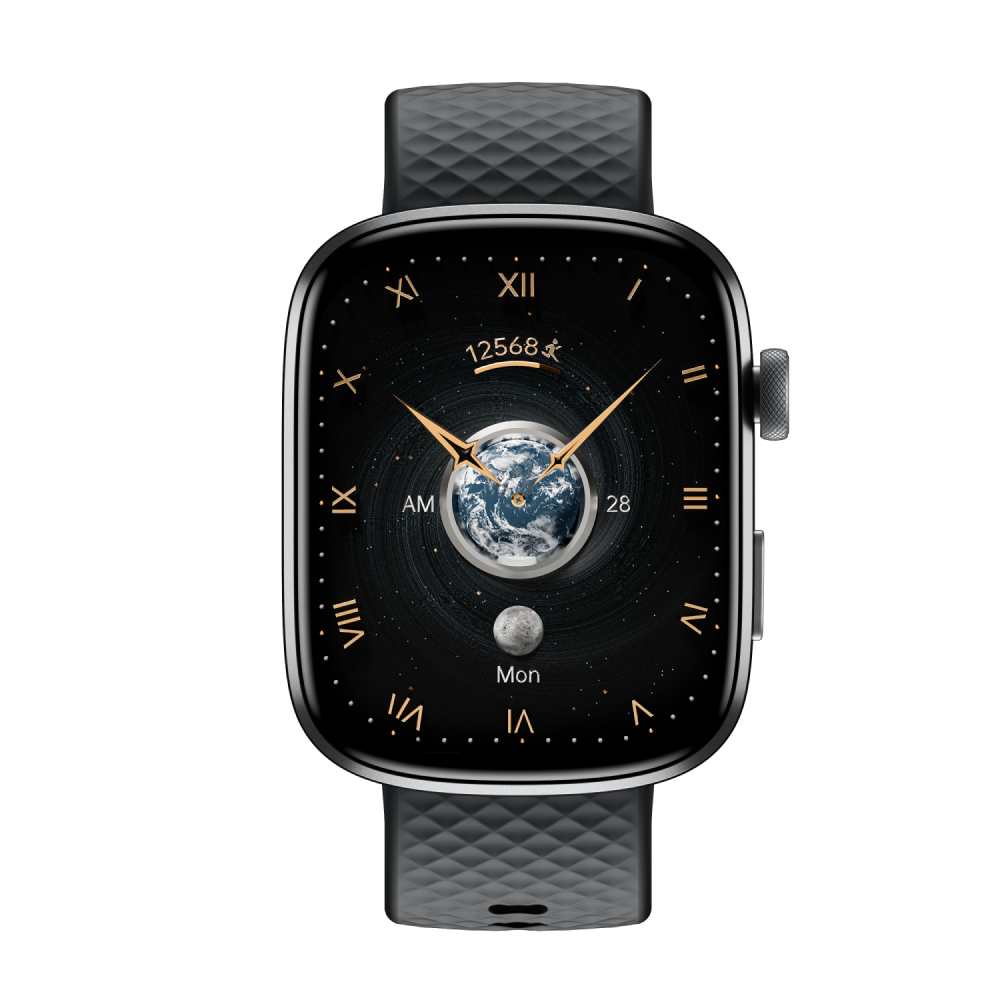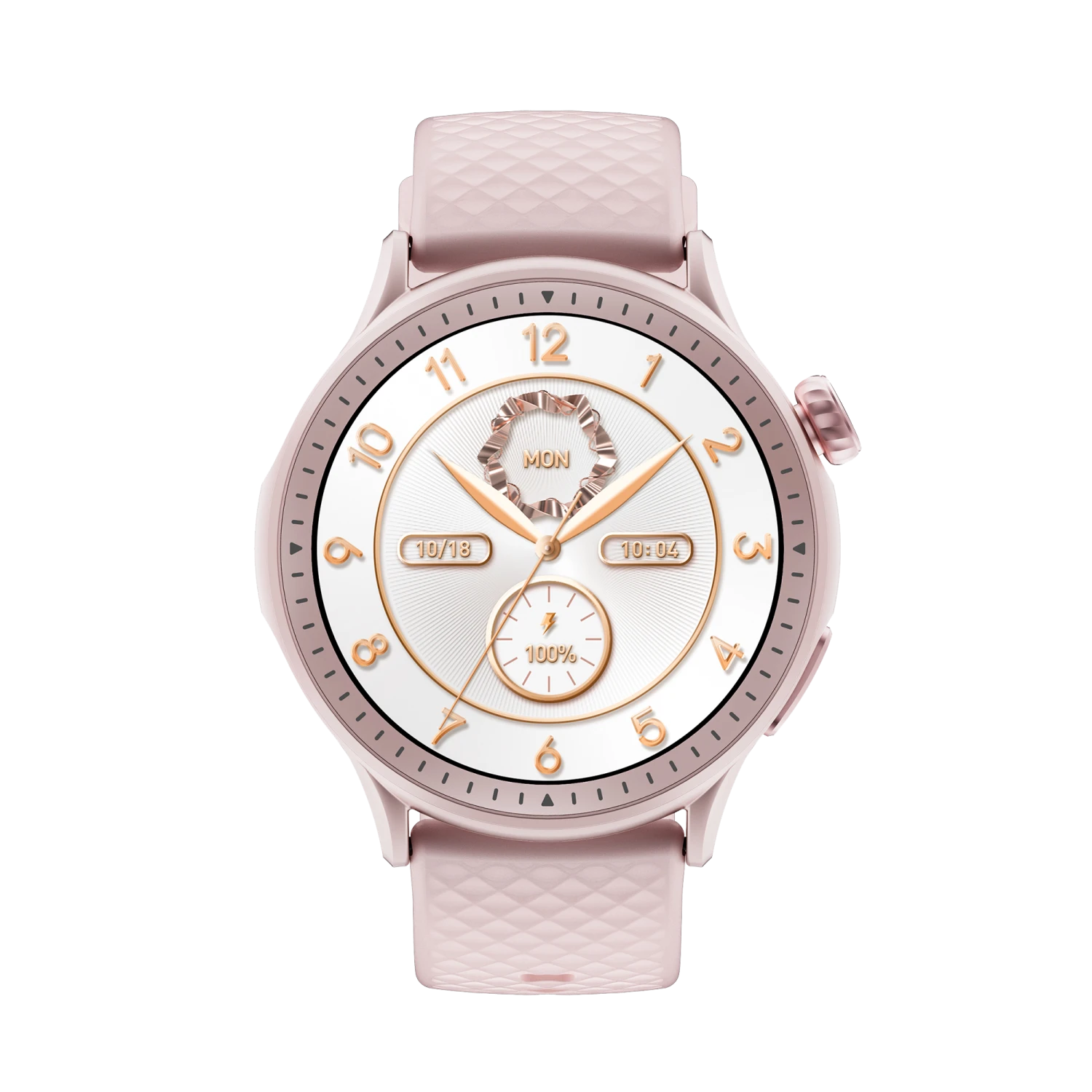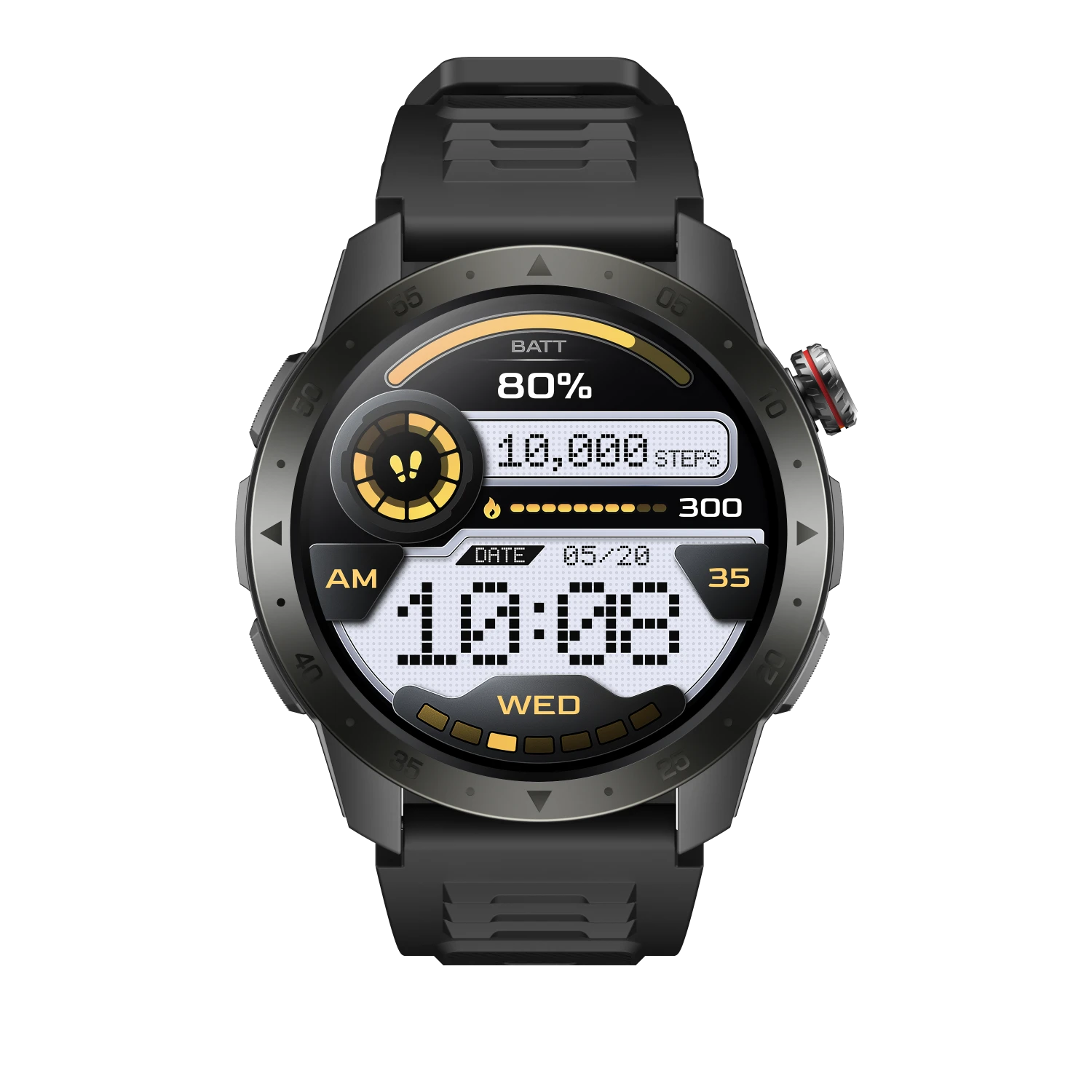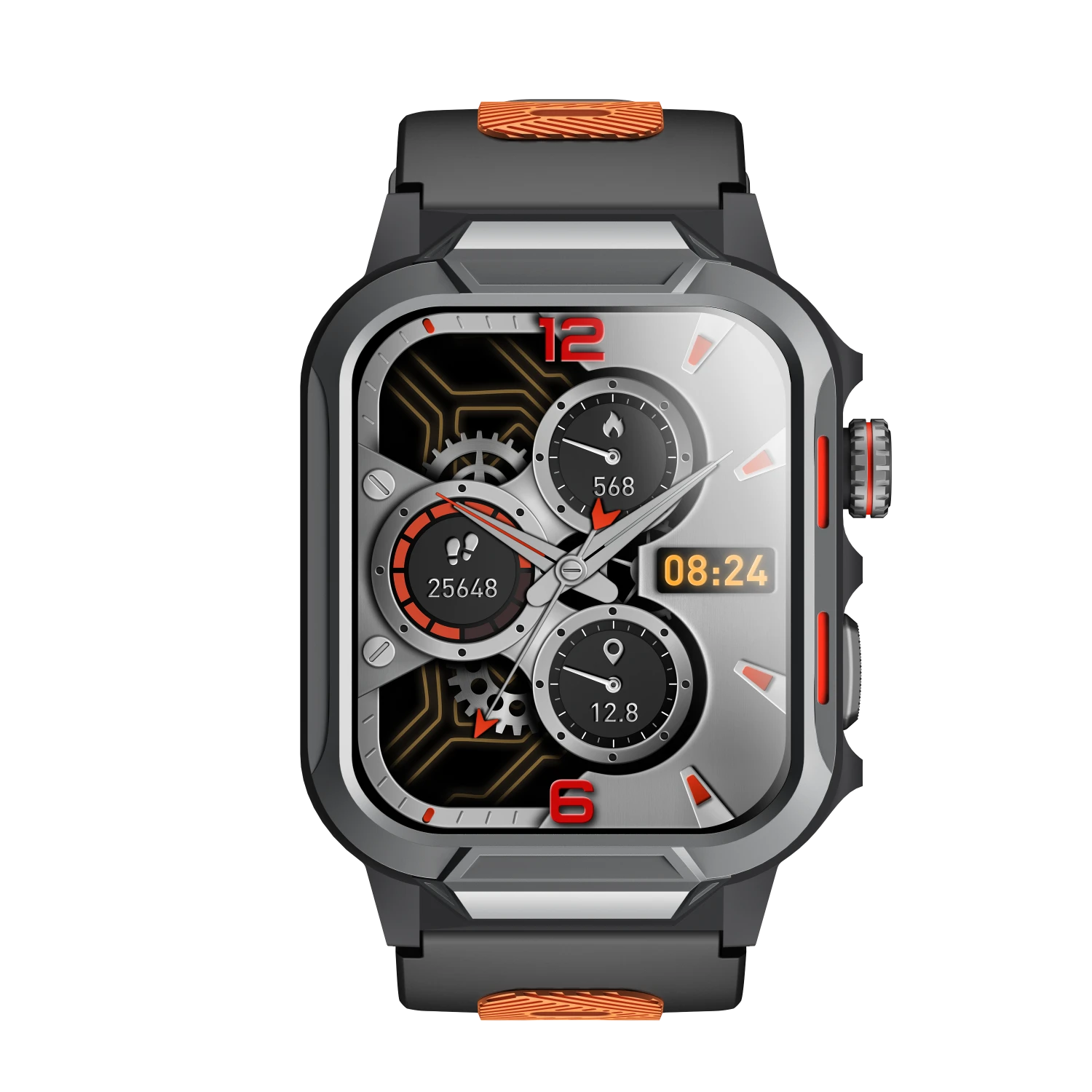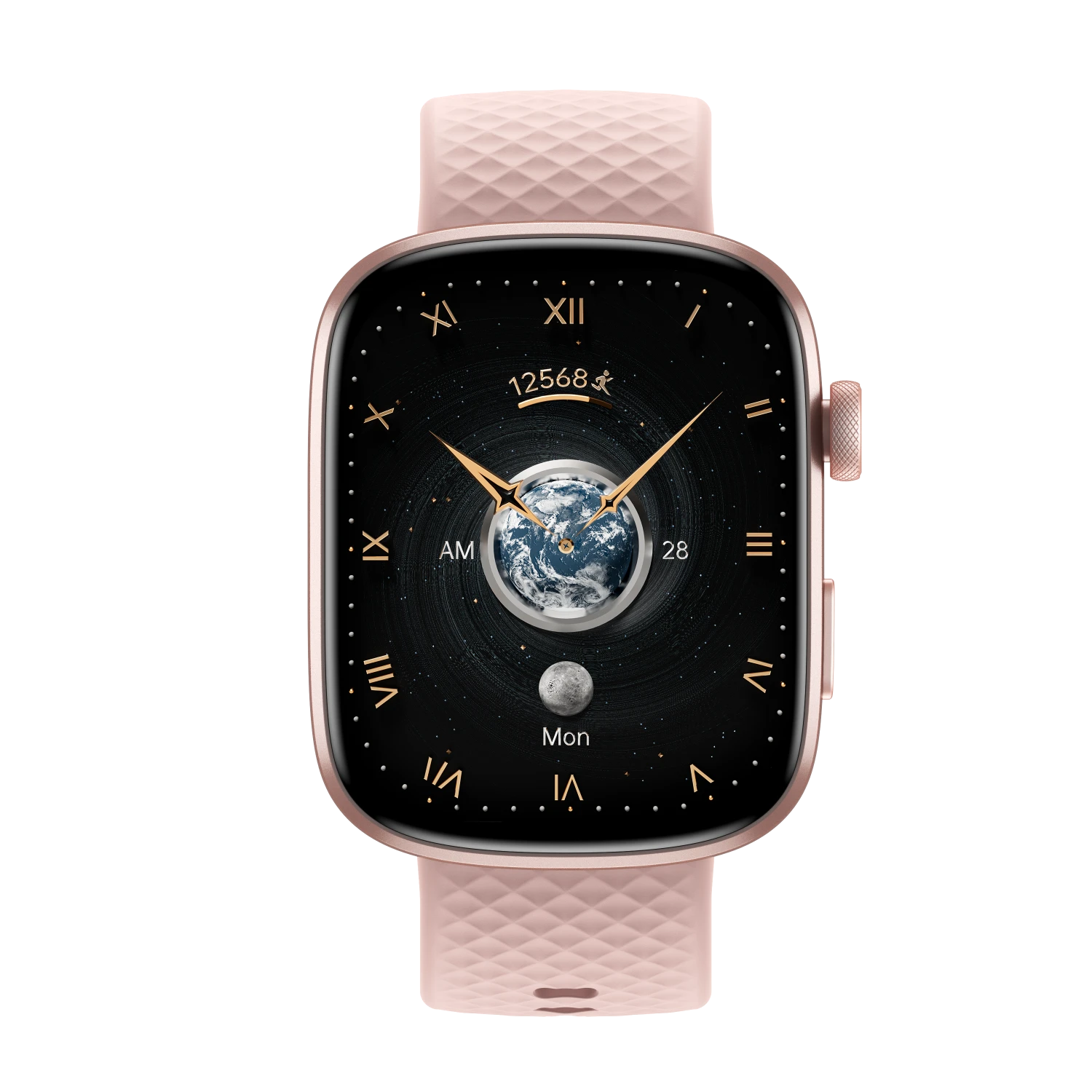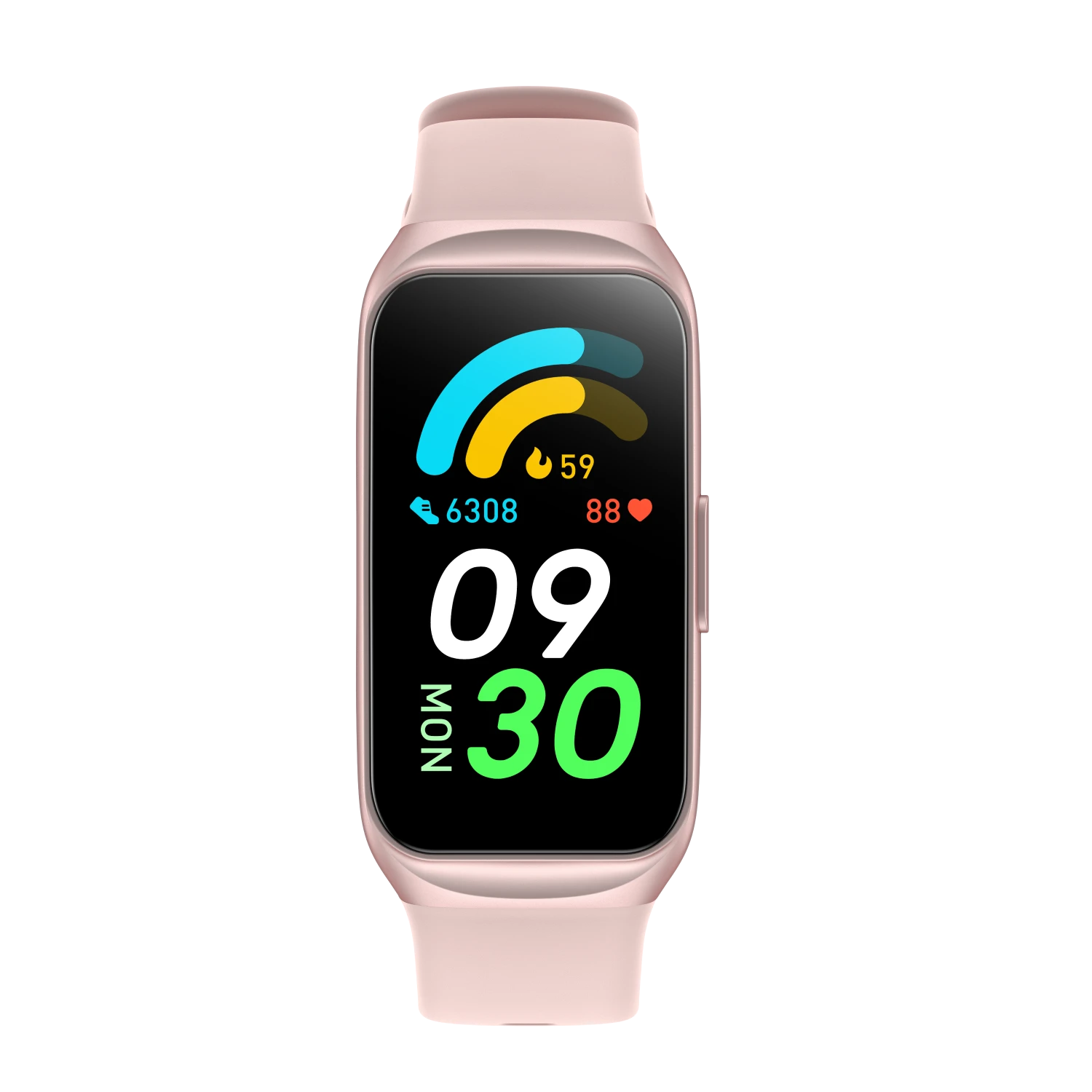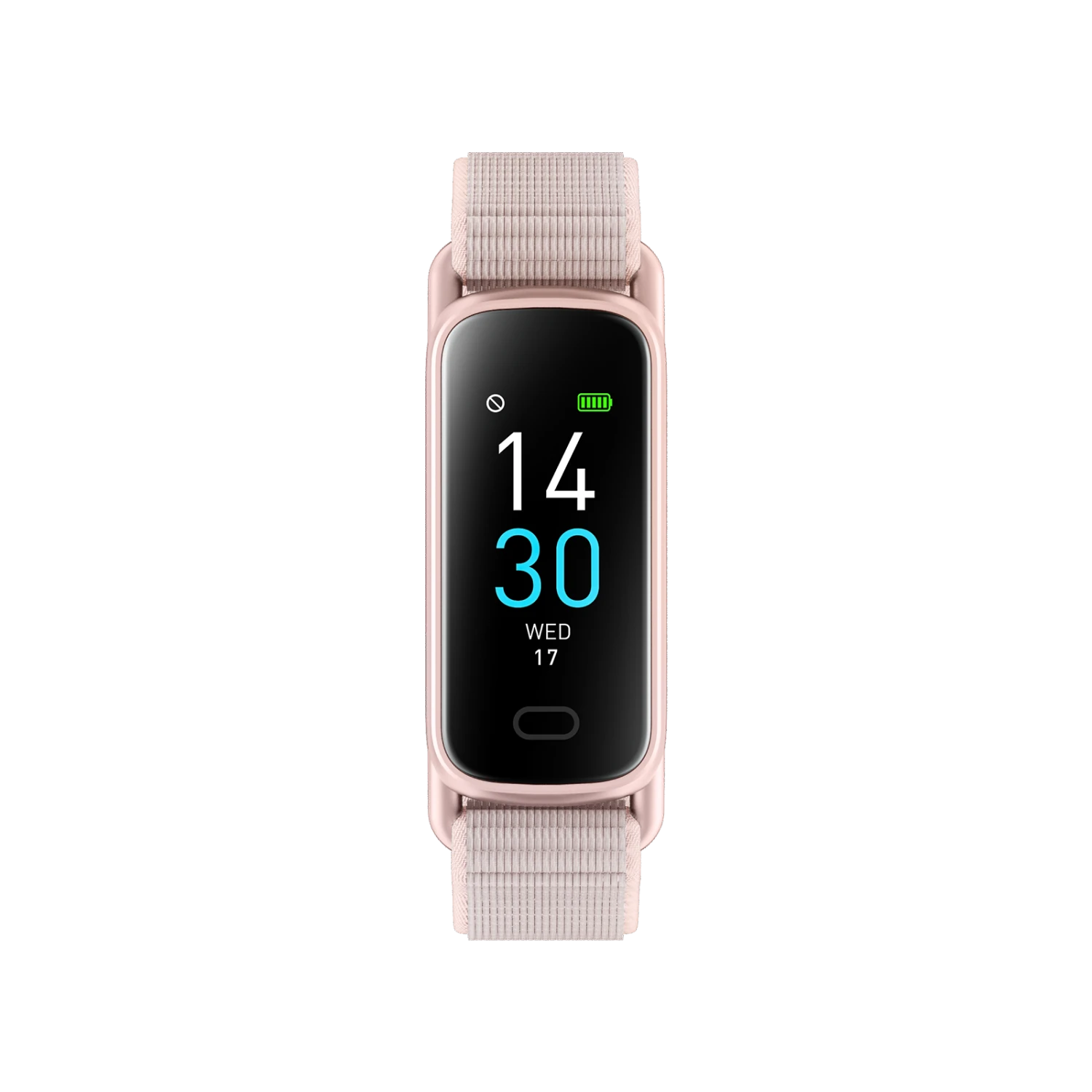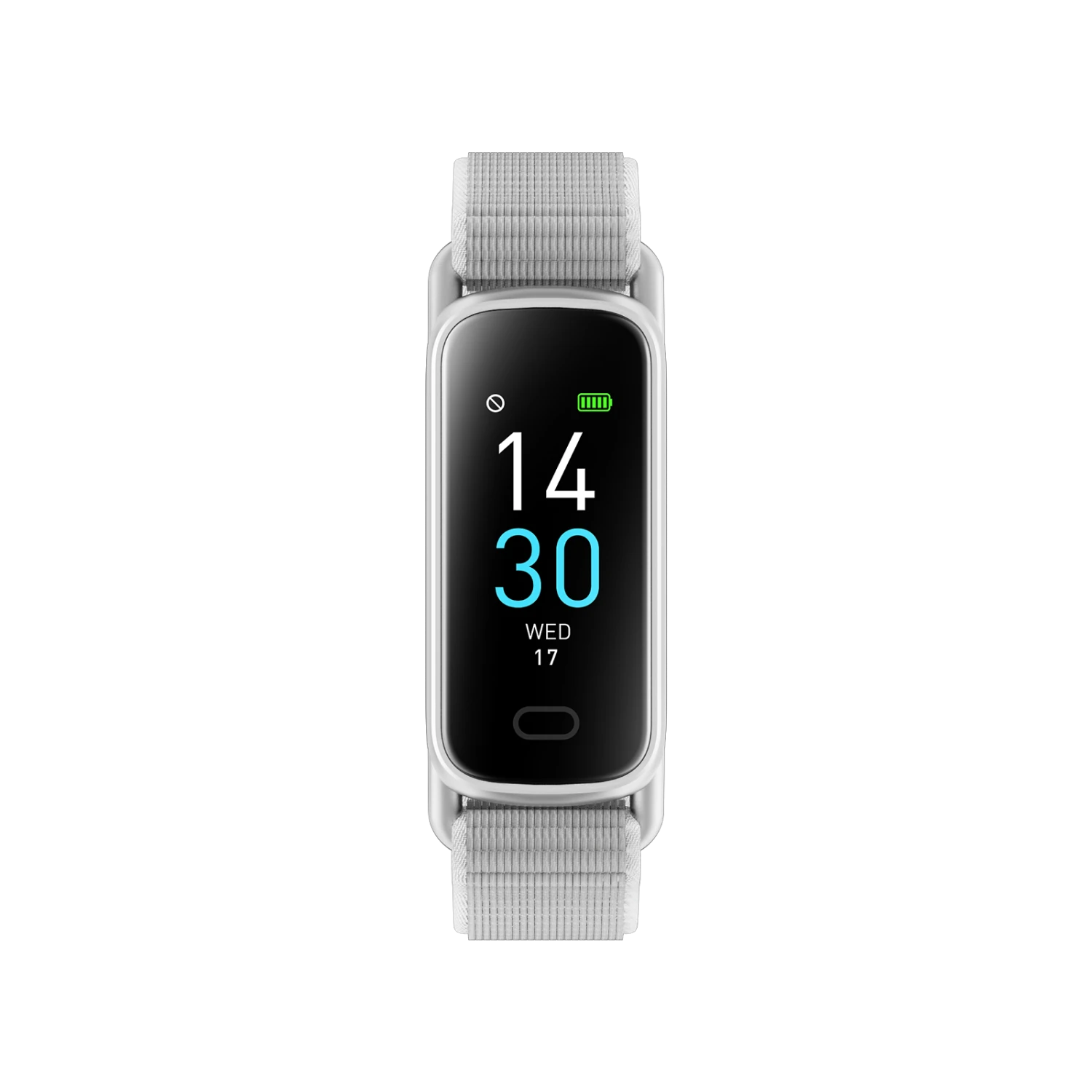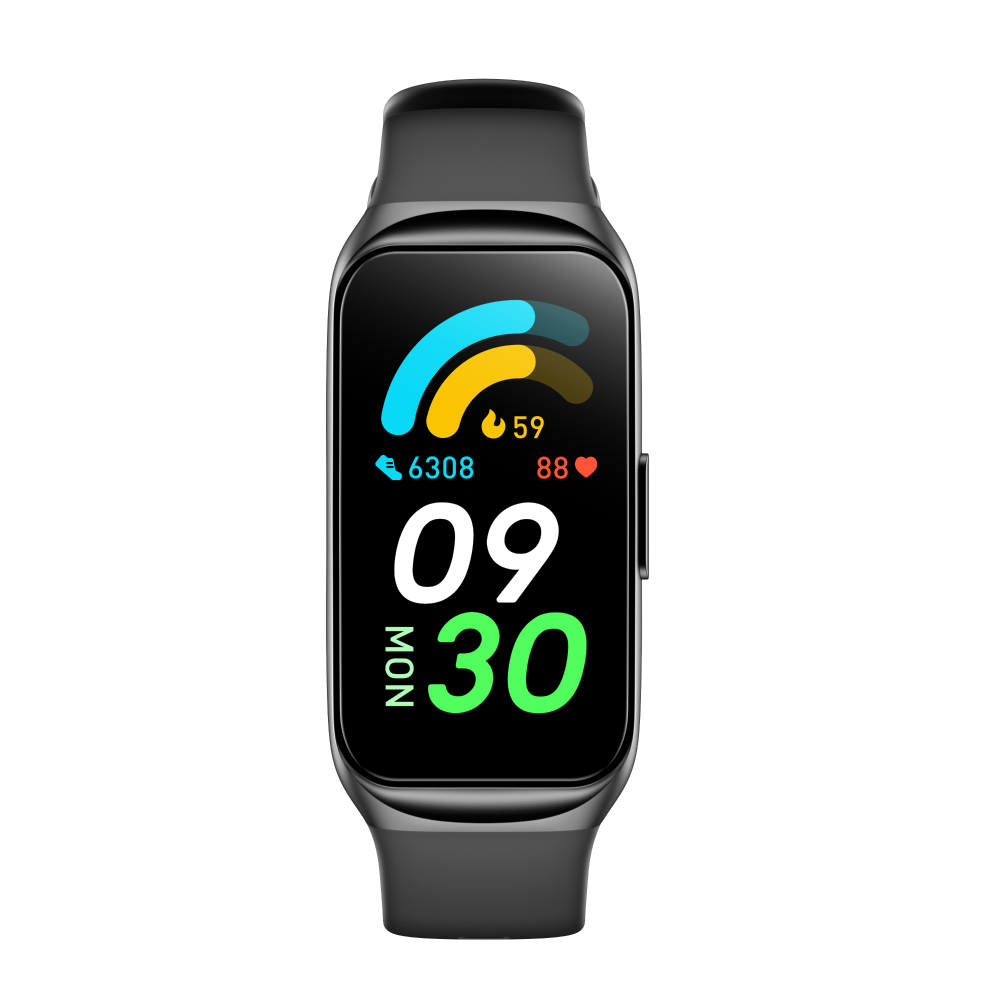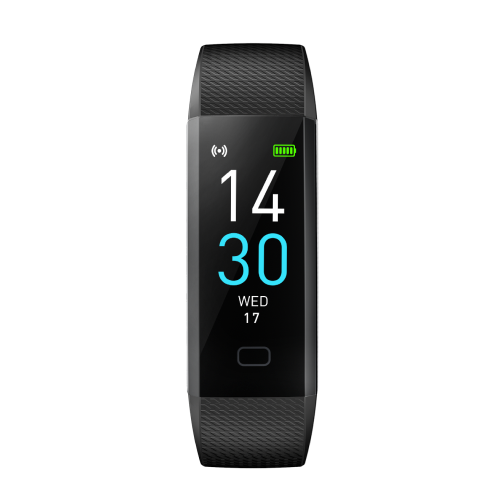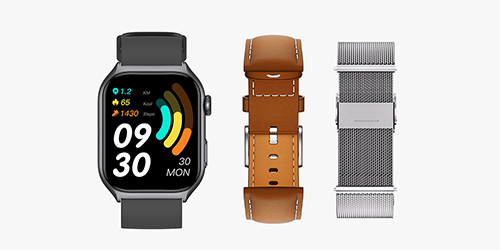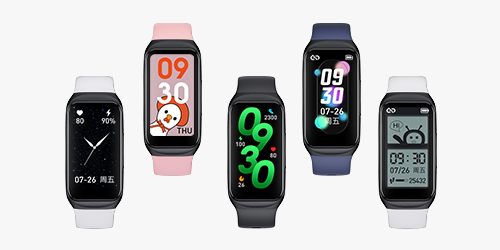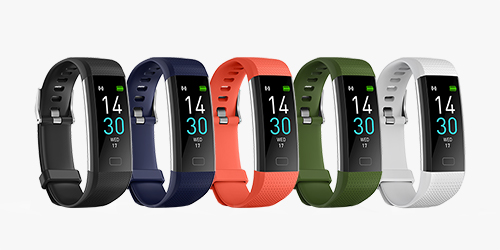We all know stress is bad for our health, but it’s not always easy to spot when it creeps in. Ever thought your heartbeat could whisper secrets about your stress? And what if your smartwatch could catch those signs and warn you in time?
That idea is not just a dream. Scientists recently tested it using AI and smart data tools for some surprisingly insightful results. According to new research published in Scientific Reports, that might be closer to reality than you think—though not quite plug-and-play yet.
Your Heartbeat Knows More Than You Think
You might know your resting heart rate—say, 60 beats per minute—but did you realize each heartbeat doesn’t come exactly one second apart? That the small, natural changes in the time between each heartbeat is called heart rate variability, or HRV.
And, this study focuses on HRV. It’s a helpful biological signal. When you’re relaxed, your HRV tends to be higher. When you’re stressed, it often drops. The difference isn’t something you’d notice on your own—but a good smartwatch with HRV tracking can pick it up.
Now, here’s where it gets interesting: the researchers didn’t just record HRV. They used AI and structured data models to analyze it in ways our brains couldn’t.
How the Study Worked
Researchers used the SWELL-KW dataset—a collection of HRV recordings from volunteers under different conditions: calm, pressured, interrupted. The team gave labels to these situations, helping the AI learn the stress signals real people exhibit.
They also created a structured model to show how different heartbeat measures link to stress. Then they used machine learning to spot the patterns that best predicted stress.
But there was a problem. The dataset had more calm moments than stressed ones. To keep things fair, they used smart sampling techniques to create a more balanced picture. They also picked only the most meaningful HRV features using a genetic algorithm. This method works like evolution, keeping the good stuff and removes the noise.
And here’s the best part: their AI didn’t just give results, it also explained them. Thanks to tools like SHAP TreeExplainer, the system could show which HRV patterns pointed to stress. So, it wasn’t a mystery. You get insights into why the system thinks you’re stressed—based on your HRV patterns.
What did they find?
- The combo of genetic-chosen HRV features + Random Forest worked best at predicting stress. It performed well whether the data was balanced or not.
- The ontology framework helped lay a solid, searchable structure—making everything more understandable and reusable.
- The SHAP tool provided clarity: researchers could say, “this particular HRV pattern means stress,” adding trust to the system.
Can My Smartwatch Do This?
Well, not exactly. Most consumer smartwatches—including popular fitness trackers and devices like the Runmefit Smartwatch—can already measure HRV. That’s a great start. But turning that raw data into reliable, explained stress predictions (like the study did) is another level.
Here’s what’s needed to bridge the gap:
- Better data quality: The study used clinical-grade HRV signals. Wrist-based sensors are improving, but they’re still more prone to motion artifacts.
- Smarter software: A smartwatch would need to integrate more advanced AI models—possibly cloud-based—and explain the results in simple terms.
- Real-world training: The AI would need to learn from your patterns, not just lab data. Personalized stress tracking isn’t here yet, but it’s coming.
That said, many smartwatches already offer stress tracking based on HRV trends, and they’re getting better every year. Devices like the Runmefit watch not only use HRV to track your stress levels and emotional status, but also record long-term trends and relate them to factors such as sleep, exercise, and workload—giving you a better picture of your mental well-being.
With Runmefit, you can connect stress patterns to things like sleep, exercise, and your daily routine. This helps you get a clearer view of your mental well-being. It’s not just about numbers—it’s about understanding how you feel and why.
Why This Research Matters
This study is more than just another project about stress. It shows that smart technology can help monitor stress in a clear and understandable way. The key is using real signals from your body, like your heart rate variability, and turning that data into something useful.
Imagine a future smartwatch—like a Fitbit or a Runmefit—that doesn’t just show you a stress number. Instead, it tells you why your stress is rising, and you don’t need to understand complicated medical jargon. The watch could give you simple feedback, so you know when to slow down, take a break, or breathe before things get worse.
For smartwatch makers and app developers, this is a big opportunity. It’s a chance to create better stress features—ones that do more than just show a colored bar. With the right tools, smartwatches could truly help people manage their stress in everyday life.
Final Thoughts
So, heart rate variability can actually say a lot about how we feel. With the help of AI, it becomes even more powerful, because it can help us understand stress in a deeper way.
Nowadays, smartwatches are already doing a good job. They track our heart rate, sleep, and steps, and some also give us stress scores. Although they can’t fully explain what causes our stress yet, the science is moving fast. Who knows—maybe soon we’ll have wearables that not only warn us about stress but also tell us why.
So, while smartwatches aren’t perfect stress detectors yet, they still give you daily insights. They remind you to slow down when needed. And most importantly, they help you stay in tune with your body. That’s a pretty good reason to keep wearing one.

